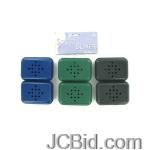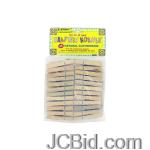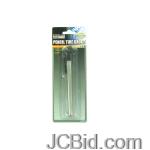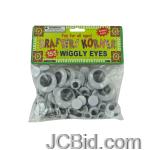
| Updated Blogs |
|
Computer Support Blog
Essensial Software for Web Based Support
HP Server and Desktop
HP ILO - Remote Tech-Support Software
More .....
|
 RSS Feed | Login
RSS Feed | Login toolmaster's
hi how r u
Cutting Tools
By toolmaster300 at 2010-10-14 00:36:07
In the context of machining or mechanical operations, a cutting tool is any tool that is used to remove material from the workpiece by means of shear deformation. Cutting may be accomplished by single-point or multipoint tools. Single-point tools are used in turning, shaping, plaining and similar operations, and remove material by means of one cutting edge. Milling and drilling tools are often multipoint tools. Grinding tools are also multipoint tools.
Cutting tools must be made of a material harder than the material which is to be cut, and the tool must be able to withstand the heat generated in the metal-cutting process. Also, the tool must have a specific geometry, with clearance angles designed so that the cutting edge can contact the workpiece without the rest of the tool dragging on the workpiece surface. Cutting tools are often designed with inserts or replaceable tips. In these, the cutting edge consists of a separate piece of material, either brazed, welded or clamped on to the tool body. Common materials for tips include tungsten carbide, polycrystalline diamond, and cubic boron nitride.
Cutting tools are made using a variety of materials and the selection of a cutting tool material depends on a variety of factors, like hardness and toughness. Cutting tool materials can be divided into two main categories, stable and unstable. Unstable materials (usually steels) are substances that start at a relatively low hardness point and are then heat treated to promote the growth of hard particles inside the original matrix, which increases the overall hardness of the material. Stable materials (usually tungsten carbide) are substances that remain relatively stable under the heat produced by most machining conditions. Most stable materials are hard enough to break before flexing, which makes them very fragile.
The numerous cutting tools are available depending upon the usability. Broach, is mostly used in removing the extra material after a product is already manufactured. They just remove the excess part to give a perfect finishing to the end product. Endmill, a tool mainly used in industrial milling applications. Reamers, make existing holes dimensionally more accurate and improves the finish of the surface material in metalworking. Drill bits, which are used to create cylindrical holes by rotation. These cutting tools can cut through wood, plastic, composite and metal, depending on what tool youre using and what size and shape of hole you desire.
For more information about Read tool master and also read about rolling dies & milling cutters
Permalink | Comments (0)
Comments
To add a comment please login by clicking here
JC Store | JasmineCorp
|
JCBid
|Software
Development |
Domain
Registration | Hosting
| Web
Designing | Buy
Books |
Advertise
with JCSearch |
Whois
|
IP
Locator |
Add
Search |
Shopping
| Store
|
Free Blogs |
Free
GuestBook | Free
E-Cards |
Free
Games |
Free
Tutorials |
Set
as Home | Add
to Favorite
| Suggest
a Site |
Directory
Our Portfolio
| Terms of service
| Free quote
| Tell a Friend
| Special Offer
| Job Opportunities
| games
| Usenet Groups




